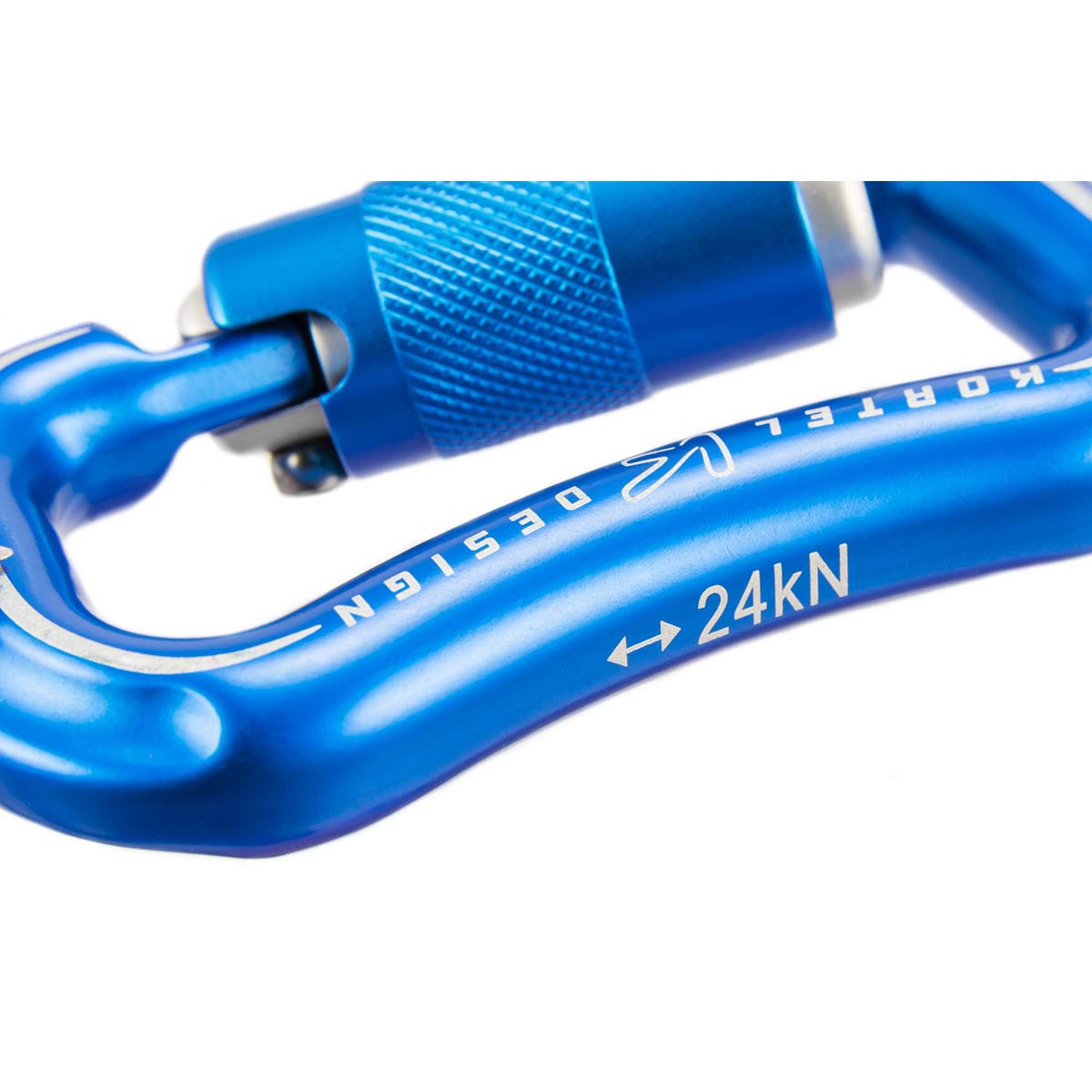Making the right connection
Bastienne Wentzel
Ever stopped and looked at your karabiners in flight? Bastienne Wentzel investigates our most critical links.
They weigh less than 100 grams – the two karabiners that connect us, via our harness, to the glider. But each one of them is essential: failure of a karabiner in the air inevitably results in a reserve ride. Isn’t it strange that it’s the only part of our equipment that doesn’t have to meet a standard? They deserve a bit more TLC than we usually give them.
They weigh less than 100 grams – the two karabiners that connect us, via our harness, to the glider. But each one of them is essential: failure of a karabiner in the air inevitably results in a reserve ride. Isn’t it strange that it’s the only part of our equipment that doesn’t have to meet a standard? They deserve a bit more TLC than we usually give them.
